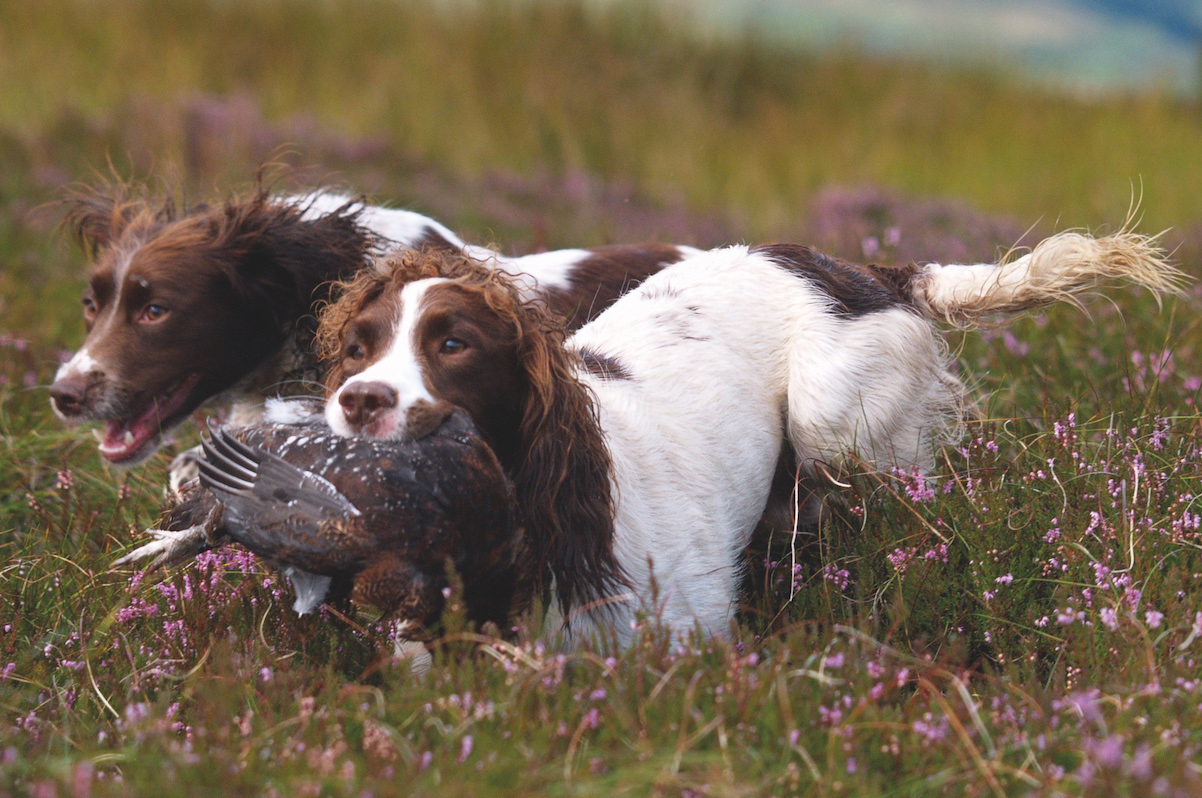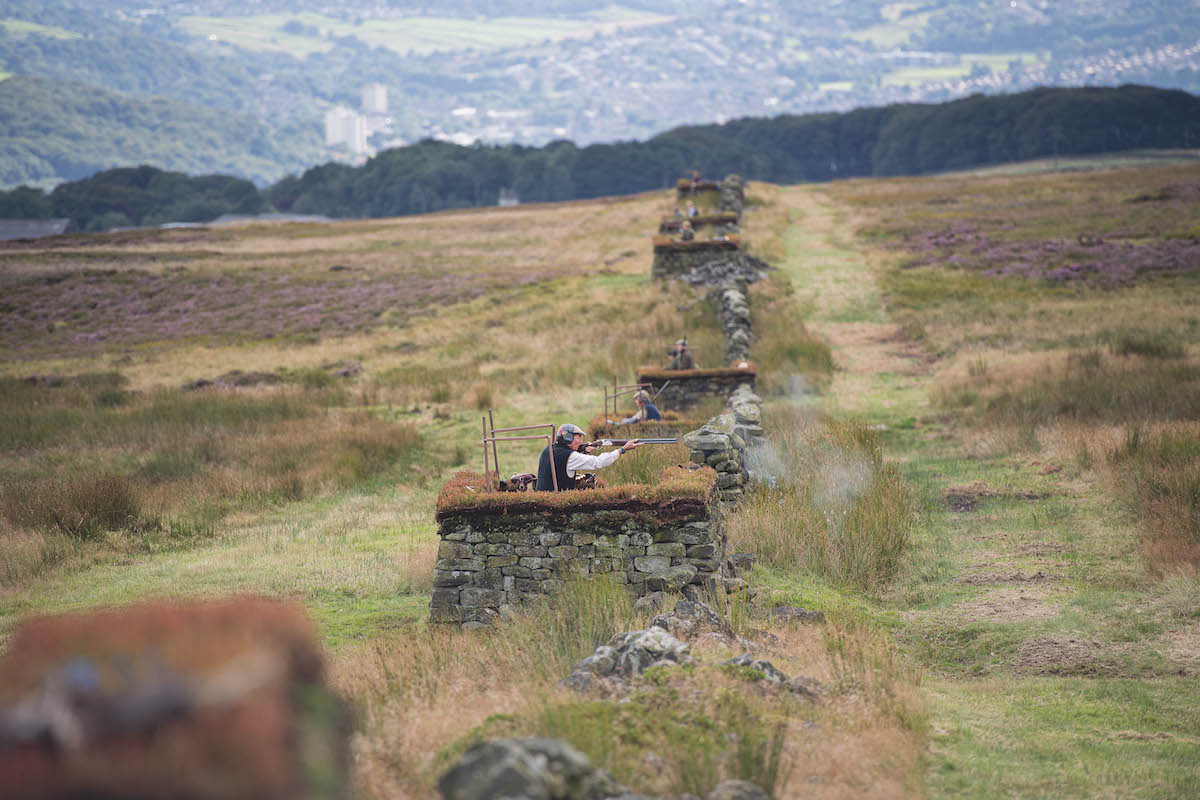What does the future hold for Ilkley Moor without grouse shooting?
Despite acknowledging the vital role of keepers, Bradford Council lacks a coherent plan for Ilkley Moor's future, as Matt Cross discovers

Vital help from keepers has been lost from Ilkley Moor
On the other end of the phone the keeper let out a short, exasperated sigh. “The peewits will go, curlews, grouse of course, they’ll lose the lot.” “How long until there is a big impact” I asked.
“Two years maybe, certainly not more. ”
We were discussing the likely outcome of Bradford Council’s decision not to renew the grouse shooting lease on Ilkley Moor.
The moor covers 676 hectares above the west Yorkshire town and has been managed for grouse shooting by the Bingley Moorland Partnership for 10 years.
Under pressure from a campaign group called ‘Ban Bloodspots on Ilkley Moor’ the council decided it would not support moves to renew the shooting lease. This decision took the costs and decisions about management away from the Bingley Moor Partnership and handed them to Bradford Council.
Bradford Council’s future plans for moor
I was keen to understand what Bradford Council had planned for the moor. I asked the council some detailed questions about how it intended to control predators, manage fires and prevent irresponsible access.
- Which department of the council has responsibility for the management of Ilkley Moor?
- What budget has been assigned by the council to the management of Ilkley Moor?
- Has the council sought funding from any external agencies to assist with managing Ilkley Moor?
- What practical steps have been taken to manage predators on Ilkley Moor in advance of the 2018 breeding season for ground-nesting birds? In addition, have cull targets been developed for foxes, corvids and mustelids, and if so what are those targets and are they being achieved?
- If not, how does the council intend to discharge its responsibility to protect ground-nesting birds from predation?
- Has the council developed a heather management plan with a scheme of rotational burning?
- What steps is the council taking to prevent nest disturbance/poaching on Ilkley Moor?
- What steps is it taking to reduce the risk of wildfires on the moor?
- What steps is it taking to monitor changes in biodiversity on the moor?
I also asked for a copy of the minutes of the meeting at which it was decided to end the shooting lease on the moor.
The council’s response
“Bradford Council’s countryside and rights of way service manages Ilkley Moor, working closely with key partners, such as the Friends of Ilkley Moor, and using its own operational budget and grants income.
“Detail … is set out in Bradford Council’s Ilkley moor Management Plan which was developed in consultation with partners includign Natural England, Historic England, RSPB, Yorkshire Wildlife Trust and Wharfedale naturalist’s Society. The plan aims to manage the heathland, increase tree coverage in appropriate areas, restore peat and blanket bot and reduce floor risk for the surrounding areas.”

Lapwing are one of the ground-nesting birds now at risk due to lack of predator control
Likely outcomes
We know what will happen not just from the lived experience of moorland keepers but also because it has been well documented and studied. The Game & Wildlife Conservation Trust (GWCT) studied the effect of the end of grouse shooting in the Berwyn mountains in Wales. When grouse shooting ended, populations of wading birds declined dramatically, the former grouse moors lost all of their lapwings, the vast majority of their curlews and golden plovers and a large proportion of their snipe.
Another study by the GWCT, the upland predation experiment shows why. When moorland gamekeepers controlled foxes, crows, stoats and weasels on plots around Otterburn in Northumberland the breeding success of ground nesting birds increased significantly. When they stopped it crashed.
Financial implications
Predators and the threat to ground nesting birds are not the only problem that Bradford Council has taken on. In November last year the Yorkshire Post reported that “Bradford Council is proposing more than £30m in budget cuts over the next three years in a move that could see 153 jobs axed at the local authority.” At the same time the council raised council tax levels to help fill the gap between its obligations and its resources. It seems a curious time for the council to shed income and add to its costs, but this is what the decision to end shooting on the moor has done.
Edward Bromet who chairs the Bingley Moors partnership outlined the financial cost to the Council of ending shooting, “We were paying £14,000 per year in rent which we offered to increase to £16,000 per year. That is additional to the £60-70,000 we were spending on managing the moor.”
To maintain Ikley Moor in the same condition will cost the tax payer £74-86,000 per year. When asked how they intended to meet the costs of managing the moor they replied to do so “using its own operational budget and grants income”.
Access concerns
The official case for ending shooting was based on Bradford’s Labour group’s “concerns” over access. Local resident Charles Hartley flatly denies that there were problems with access, explaining: “On days when shooting occurred signs were posted warning walkers so if they wanted to avoid it they could, but if they didn’t they could still access the moor, but were often asked to wait until drives were over. Some refused, so beaters and guns would stop and wait for walkers to pass.”
Fury as councillors end shooting on Ilkley Moor
Bradford Council’s Labour Group has refused to renew the grouse shooting lease on Ilkley Moor in a move shooting groups…
Grouse shooting: a vital local industry
A new survey by the Countryside Alliance shows local communities wholeheartedly support grouse shooting
Even the anti-shooting campaigners seem to have been unable to find someone who had their access tampered with. Their website carries two quotes on the issue of access, one describing how a walker ‘would feel’ ‘if ‘confronted by grouse shooters with shotguns and another from a runner “intimidated by the idea of encountering a grouse shoot”. But no quotes from anyone who had had their rights of access infringed.










